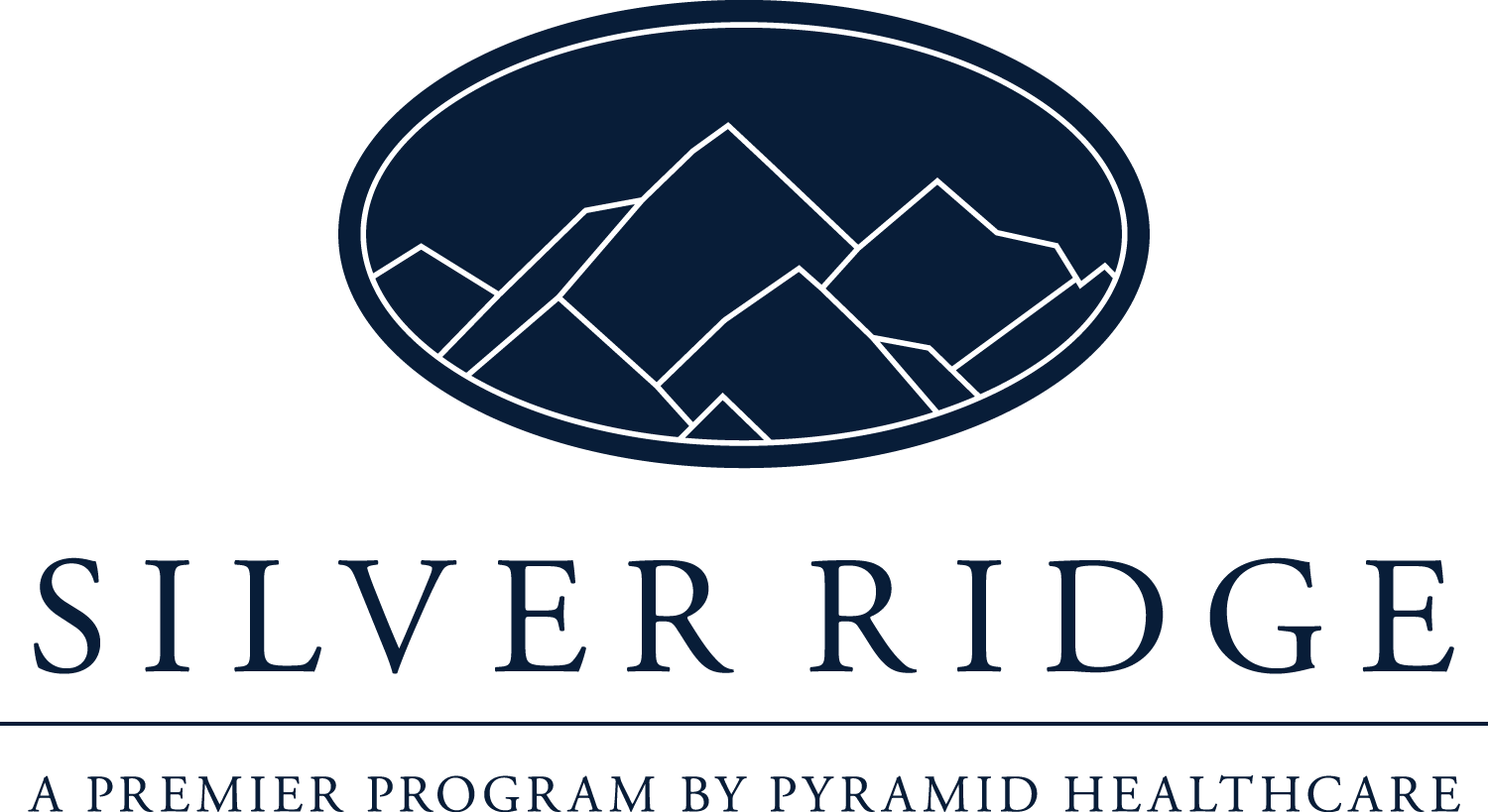Addiction Treatment Programs for Midlife Adults: What to Look for

Drug use is on the rise among people in their 50s and 60s. Baby boomers, who are now reaching midlife, have higher rates of illicit drug use compared to preceding generations. In 2014, more than half a million people in their 40s and 50s sought treatment for a substance use disorder.
Social drinking and casual drug consumption can develop into a dependency or addictive behavior as a result of different midlife vulnerabilities, including:
- Age-related changes in biological sensitivities to drugs or alcohol
- Self-medication due to severe or chronic pain
- Use of substances as a soothing agent for stressful midlife events, such as the death of a loved one, separation or retirement
Since midlife adults have unique circumstances and situations, it follows that addiction treatment programs should be tailored to address to these needs. What should you look for in treatment programs for midlife adults?
Age-Appropriate Peer Group
When you’re a midlife professional who’s either working, near retirement or retired, you’ll want to be with other recovering people within your age group. It would be difficult for you to relate to people in their 20s or 30s, because you’re in a different stage of life with different experiences, needs and perspectives.
You’ll benefit from a treatment center that caters to midlife working or retired people. You’ll be surrounded by other clients who, like yourself, are in the peak or twilight of their careers. Peer support is important in addiction treatment, and treatment programs for midlife adults will give you access to appropriately aged peers.
Finding Balance
Treatment programs for midlife adults should incorporate therapy methods that increase your sense of self and your concept of meaning and purpose in life. These approaches to treatment can involve reflection, meditation, intensive therapy and artistic outlets to process complex emotions and gain perspective on life events. Developing balance, connection and intentionality within life are important to a sense of fulfillment in recovery.
Age-appropriate services that incorporate balance and a healthy sense of self for addressing midlife issues provides the most effective treatment for middle-aged people.
Integrated Approach
Drug and alcohol abuse affects the mind, body and spirit. Treatment programs should address the whole person as well. Look for a treatment center that addresses the psychological, physical and spiritual aspects of addiction.
Psychological components should include individual counseling, group therapy and psychotherapies.
Physical components should include activities that get your body moving, such as yoga or gardening.
Spiritual aspects should include sessions that help nurture and heal the spirit and help you get in touch with your higher self, like mindfulness classes or equine therapy.
A treatment center that is age appropriate and uses a whole person approach helps people in midlife heal effectively and build a solid base for recovery.
References:









